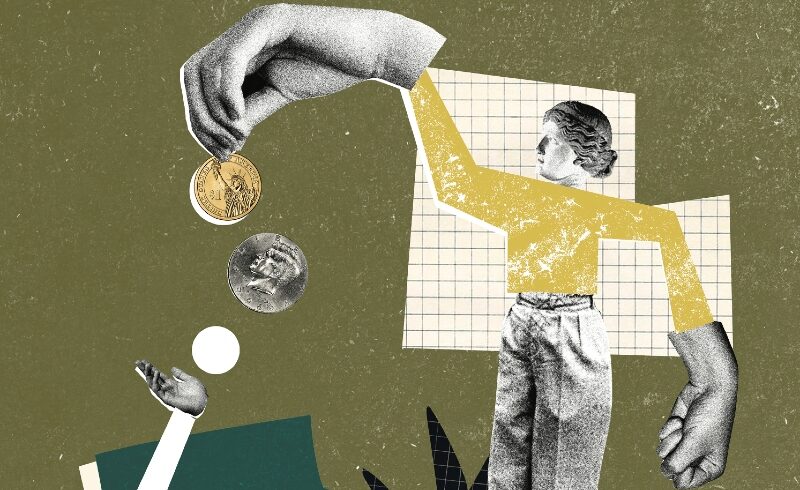
“Restaurant servers in two different countries chased me down the street last month,” confided a friend just back from a round-the-world trip. “In Kyoto, it was to give me back the cash I’d left on the table for a tip; in Chicago, it was because I hadn’t tipped enough!” In the first case, she said, the server was embarrassed; in the second, furious. As most well-traveled readers will know, one of the hardest things to master is when and whether to tip and, if so, how much to give. But a closer look at the phenomenon – especially from a cross-cultural perspective – reveals deep-seated historical factors that make tipping less about mastering social etiquette and more about tiptoeing through a protocol minefield. From that perspective, the differences between France and the U.S. are edifying. According to some observers, those dissimilarities are evident in the terms used to describe gratuities: In America, the purpose of a “tip” is To Improve Performance (or To Insure Promptness), whereas in France, it’s to buy the server a drink (the meaning of pourboire): American efficiency versus French hedonism. (In truth, the etymological link between “tip” and “tipple” might suggest a similar origin, but why sacrifice a good story?)
Historically, tipping originated in feudal Europe as a way of redressing the social disparity between server and served, thus assuaging the feeling of resentment. An eminent American social anthropologist famously argued that people tip waiters to buy off their envy and to equalize the relationship between the two sides of a transaction. When moneyed Americans started traveling abroad in the 19th century, many of them aped supposedly sophisticated European customs – including tipping – and brought them back home. According to legend, gratuities were first introduced in the 1820s at Delmonico’s, a French-style restaurant in New York City. Judging by contemporary accounts, the astonished waiters did not know what to make of them. According to historians, however, tipping really took off half a century later in the aftermath of the Civil War when newly enfranchised Blacks took up service jobs such as railroad porters and, of course, waiters. Paying them a bare minimum and forcing them to live from customers’ tips slowly became the norm.
In the Reconstruction era, this kind of discrimination was anathema. Public reaction was forthright: Tipping was “a cancer in the breast of democracy” and the symbol of aristocratic ideas – “flunkyism” – that Americans’ ancestors had fled Europe to escape. In sum, tipping was un-American because it exemplified a master-servant relationship that was out of place in an egalitarian republic. It was even banned by law in six States. But the reformist movement failed to gain traction and, by 1926, all these anti-tipping laws had been repealed, largely because it seemed pointless to regulate something that had gained a momentum of its own. From then on, tipped labor became the norm. (Interestingly, the anti-tipping movement eventually spread to Europe. According to Saru Jayaraman, director of the Food Labor Research Center at the University of California, Berkeley, European labor unions picked up the theme and said, “we are professionals, and we shouldn’t have to live on tips; we should be paid by our employers.”) Multiple attempts over the years to overhaul America’s rules have floundered, despite a glaring and persistent disparity between the federal minimum wage (currently 7.25 dollars per hour) and the tipped hourly rate of 2.13 dollars, unchanged since 1991. And although some states, such as California, have higher minimum rates, the gap between tipped and untipped workers is nonetheless huge.
More alarmingly, tipping culture has spread from restaurants to almost every area of the service industry, from dog walking to waxing, in a process that goes by the worrying name of “tip creep.” And the amounts given to, or expected by, workers have risen as a fraction of the check from around 15% to 20% or even higher. This so-called “tipflation” is propelled by a range of factors, from technology (think tablets and apps with suggested percentages) to guilt (“These poor workers really deserve to earn more”). Consequently, it is now the customer, not the employer, who determines what workers earn. And saying no is rarely an option: Just try clicking “No Tip” under the unflinching gaze of your local barista. As one industry expert put it, we have progressed from omission (failing to drop a few coins in the tip jar) to commission (we have to make a deliberate decision to refuse a gratuity).





